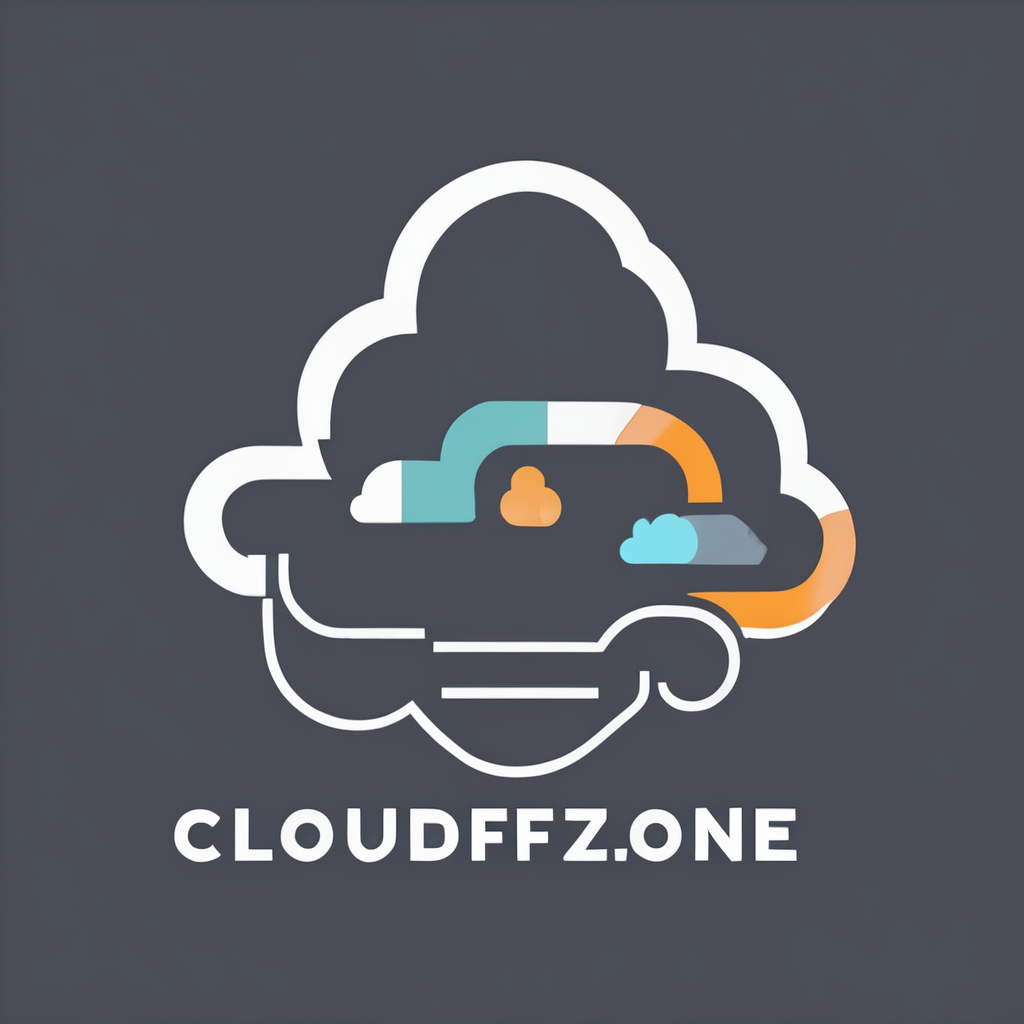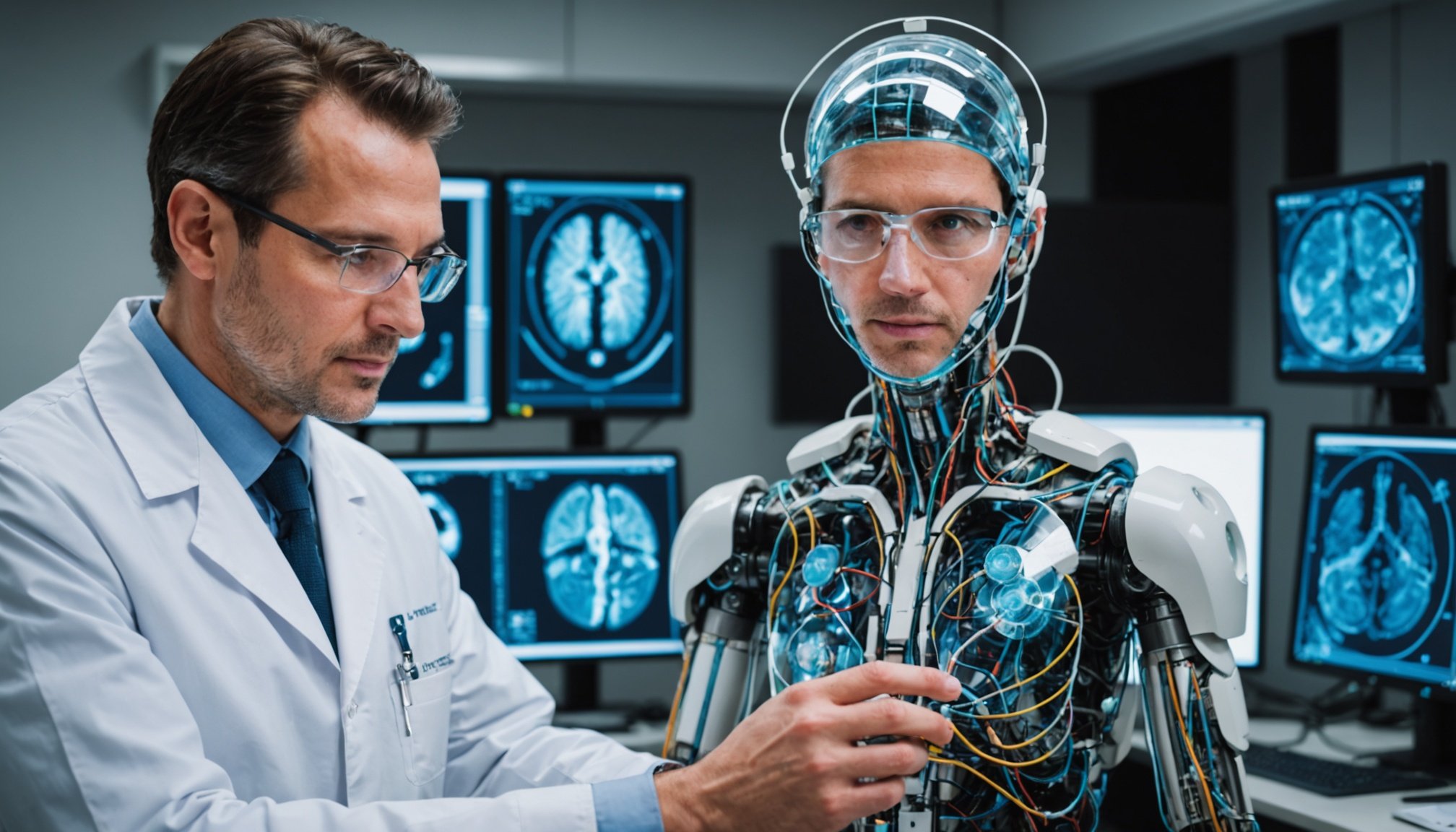Overview of Real-Time AI Integration in Healthcare Diagnostics
The integration of real-time AI in healthcare diagnostics marks a significant breakthrough in medical technology. At its core, real-time AI refers to systems that process and analyse data almost instantaneously, providing healthcare professionals with immediate, actionable insights. This capability is revolutionising the field of healthcare diagnostics by enhancing the speed and accuracy of diagnoses, thereby improving patient outcomes.
Historically, diagnostic methods relied heavily on manual procedures and the subjective interpretation of medical practitioners. Over time, technological advancements introduced automated systems, paving the way for more sophisticated AI technology trends. Today, innovations in healthcare diagnostics leverage large datasets and machine learning algorithms to deliver precise results in real time. AI’s ability to learn from vast amounts of data enables it to identify patterns that may be missed by traditional methods.
Topic to read : How plm software enables sustainable product development
Currently, the landscape of technologies utilised in real-time diagnostics includes imaging systems enhanced by AI, wearable devices that monitor vital signs continuously, and electronic health records integrated with predictive analytics. These healthcare diagnostics innovations empower clinicians to make informed decisions quickly, reducing diagnostic errors and ensuring patients receive timely treatment. As technology continues to evolve, the potential for real-time AI in healthcare to transform diagnostics is immense.
Recent Advancements in AI for Healthcare Diagnostics
Recent AI advancements in diagnostics have revolutionised the landscape of medical technology breakthroughs. These cutting-edge AI algorithms enhance diagnostic precision and speed, outperforming traditional methods. For instance, machine learning models can rapidly analyse vast amounts of medical data, identifying patterns often missed by human analysis.
In parallel : Building a secure and efficient distributed ledger system for trustworthy financial transactions
In comparing traditional diagnostics to AI-enhanced methods, AI provides an edge through real-time data processing and improved accuracy. Conventional tests, although reliable, are time-consuming and sometimes lack the granularity that AI platforms offer. AI can predict potential health risks by examining multiple data points simultaneously, allowing for proactive healthcare solutions.
Healthcare innovation is evident through numerous case studies demonstrating successful AI application. At a leading hospital, AI-assisted technology reduced diagnostic times for specific cancers by over 50%, highlighting its potential to improve patient outcomes. Another facility utilised AI to manage patient data efficiently, freeing up resources for patient care rather than administration.
These examples illustrate that AI advancements in diagnostics are not just theoretical but practically transforming healthcare. Embracing these medical technology breakthroughs could lead to significant improvements in patient care and operational efficiency.
Benefits of Real-Time Data Analysis in Diagnostics
Real-time data analysis is on the rise, driven by AI in diagnostics. This innovation significantly boosts diagnostic accuracy, providing clinicians with immediate, data-driven insights into a patient’s condition. By processing data swiftly, healthcare professionals can diagnose medical conditions quicker and more accurately, reducing the margin for error.
In critical scenarios, time is of the essence. Real-time data analysis ensures expedited response times, which can be life-saving. For instance, AI systems can rapidly analyse data from sources like imaging scans or laboratory results, enabling faster decision-making that improves patient outcomes. Lives can be saved with timely interventions and properly guided treatments.
Moreover, the benefits of AI extend to healthcare operational efficiencies and cost-effectiveness. By automating data analysis, healthcare providers can reduce the need for excessive diagnostic tests and lengthy manual reviews. This not only streamlines the process but also cuts costs, making healthcare more accessible. Thus, embracing real-time data analysis is a strategic move for modern healthcare systems seeking optimal patient care and resource management.
Challenges and Limitations of AI Integration in Diagnostics
The challenges of AI in healthcare are multifaceted, with potential bias in AI algorithms being a significant concern. Bias can result from unrepresentative data sets, which may lead to skewed outcomes. For instance, if an AI model is trained predominantly on data from one demographic, it might not perform equally well across different populations.
Limitations of AI diagnostics also include data privacy and security. Real-time diagnostics often require accessing vast amounts of personal health data. This raises concerns about how this sensitive information is handled, stored, and protected from breaches or misuse.
Moreover, there are considerable regulatory hurdles. The healthcare industry necessitates rigorous standards for tools and technologies to ensure patient safety and efficacy. Emerging AI technologies must meet these standards to gain trust and approval from both regulatory bodies and healthcare providers. This need for standardization poses a significant barrier to quick implementation and adoption.
Understanding these challenges is crucial for developing effective and ethical AI solutions that respect patient privacy and deliver equitable care. Addressing these limitations can guide us toward more robust and inclusive AI in diagnostics.
Future Prospects of AI in Healthcare Diagnostics
The future of AI in healthcare promises significant advancements, especially in diagnostics. As emerging technologies in diagnostics evolve, they will enhance accuracy and efficiency in medical assessments. Predictions highlight the transformative potential of AI and machine learning applications—enabling early detection and personalised treatment plans.
AI innovations like deep learning algorithms are set to revolutionise image analysis, improving the interpretation of X-rays and MRIs. These innovations in medical AI could reduce errors, providing more reliable diagnostic results. With continuous data flow, these systems learn to identify subtle patterns, leading to faster disease identification.
Interdisciplinary collaboration plays a pivotal role in driving growth. By integrating expertise from technology, medicine, and data science, novel solutions become tangible. Collaborative efforts are crucial for developing and refining AI-powered tools, ensuring they meet stringent healthcare standards.
On the horizon, AI may identify potential disease outbreaks by analysing global health trends. Real-time data could pave the way for responsive healthcare systems, capable of preemptive measures against medical emergencies.
As we look ahead, the synergy of AI, machine learning, and collaborative research holds the key to reimagining diagnostics—ushering in a new era of healthcare innovation.











